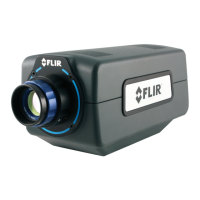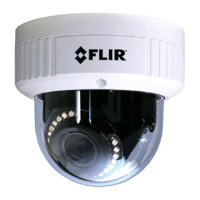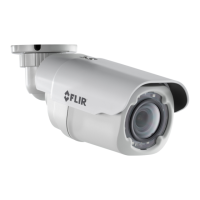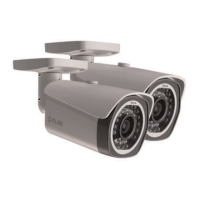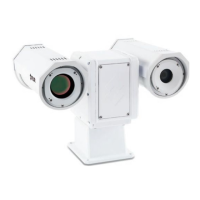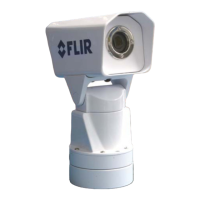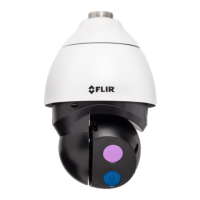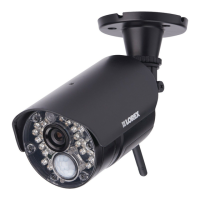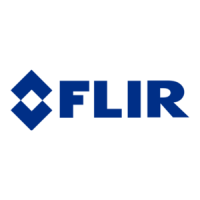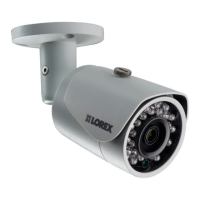5 –Camera Controller
A6700sc/A6750sc User’s Manual
29
x
+
NUC Table
Bad Pixel
Replacement
Algorithm
Corrected Data
Uncorrected Data
Gain
Coefficients
Offset
Coefficients
Figure 4-14: Two-Point Correction
5.2.5.1.3 Offset Update
Often times during the normal operation of a camera the electronics and/or optics will heat up or cool
down which changes the uniformity of the camera image. This change requires a new NUC.
However, this change is mainly in the offset response of the image while the gain component stays
constant. An Offset Update simply computes a new offset coefficient using the existing gain
coefficient and corrects the image non-uniformity. Offsets Update are typically performed when a
Two-Point NUC table is being used.
An Offset Update requires only one uniform source, usually set at a temperature on the lower edge of
the operational range.
5.2.5.1.4 Bad Pixel Correction
Within the NUC table there is an indication as to whether or not a pixel has been determined to be
bad as seen in Figure 4-15. There are two methods the A6700sc uses to determine bad pixels.
x
+
NUC Table
Bad Pixel
Replacement
Algorithm
Corrected Data
Uncorrected Data
Bad Pixel
Indicator
Figure 4-15: Bad Pixel Correction
First, the NUC table gain coefficients are compared to a user defined acceptance boundary,
Responsivity Limit Low/High (%). The responsivity of a pixel can be thought of as the gain of that
pixel. The gain coefficient in the NUC Table is a computed value that attempts to correct the
individual pixel gain, or responsivity, to a normalized value across the array. Since the responsivity
